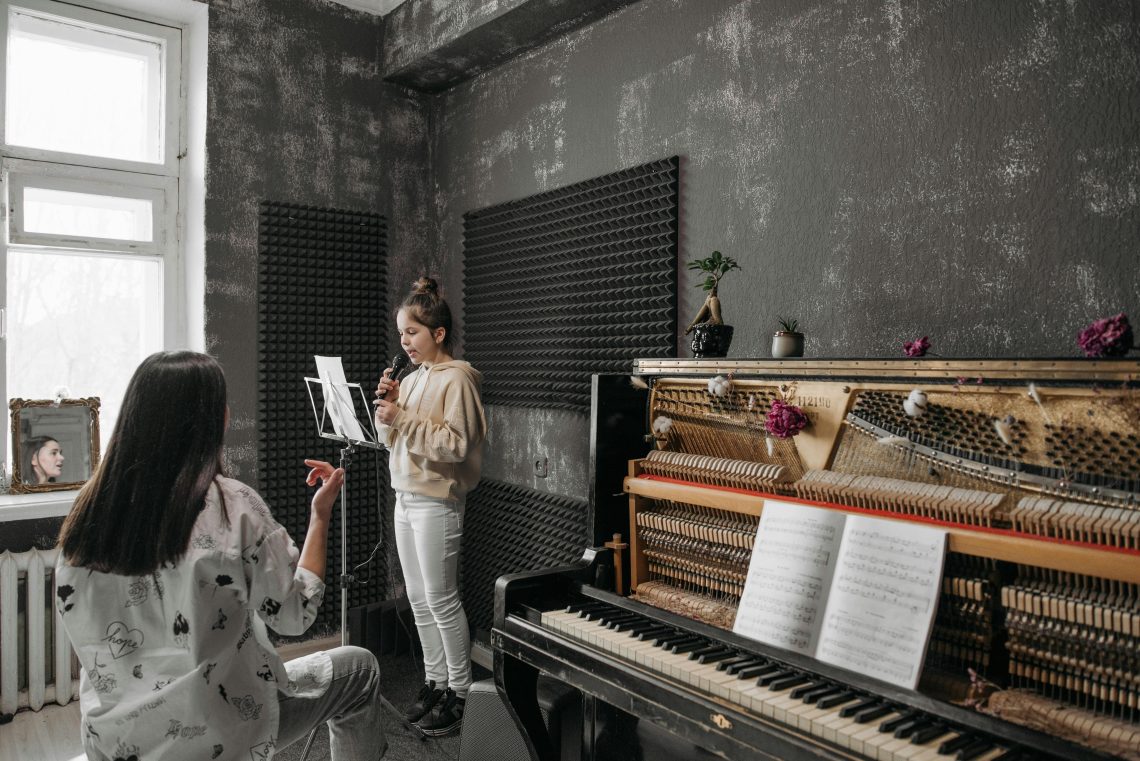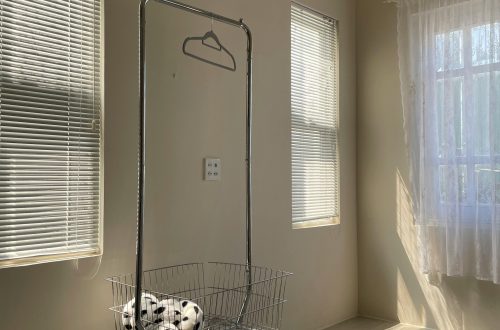Whether you’re working from home, recording a podcast, or just craving some peace and quiet, soundproofing a room doesn’t have to break the bank. While professional soundproofing solutions can be expensive, there are plenty of budget-friendly ways to reduce noise and create a more serene space. From simple DIY hacks to affordable materials, this guide will walk you through the best inexpensive methods to soundproof a room effectively.
Seal Gaps and Cracks
One of the easiest and most cost-effective ways to soundproof a room is by sealing gaps and cracks where sound can leak in or out. Even small openings around doors, windows, and walls can let in unwanted noise.
Weatherstripping for Doors and Windows
Weatherstripping is an inexpensive solution to block sound from entering through doors and windows. Self-adhesive foam tape is easy to install and can significantly reduce noise infiltration. Simply apply it around the edges of doors and windows to create a tighter seal.
Acoustic Caulk for Walls
Acoustic caulk is designed to fill gaps in walls, ceilings, and floors without hardening completely, allowing it to absorb vibrations. Apply it around electrical outlets, baseboards, and any visible cracks to prevent sound from traveling through these small openings.
Door Sweeps
Installing a door sweep at the bottom of your door can block sound from escaping or entering underneath. These are affordable and easy to attach, making them a quick fix for noise reduction.
Use Heavy Curtains and Blankets
Soft, dense materials can absorb sound waves, reducing echo and outside noise. Heavy curtains and blankets are a simple and inexpensive way to dampen sound in a room.
Soundproof Curtains
Soundproof curtains, also known as blackout curtains, are made from thick, dense fabric that helps block noise. Hang them over windows or even against walls to absorb sound. While specialized soundproof curtains can be pricey, heavy moving blankets or layered regular curtains can work almost as well for less.
3>DIY Blanket Panels
For an ultra-budget-friendly option, hang thick blankets or quilts on walls using curtain rods or hooks. Moving blankets, in particular, are effective because of their dense material. Arrange them strategically around the room to target noise sources.
Add Rugs and Carpets
Hard surfaces like wood or tile floors can reflect sound, making a room noisier. Adding soft floor coverings can help absorb sound and reduce echo.
Thick Area Rugs
Placing thick area rugs on the floor can significantly dampen noise, especially in rooms with hard flooring. Look for rugs with a dense pile or a rubber backing for better sound absorption.
Carpet Padding
If you already have carpets, adding an extra layer of padding underneath can improve their soundproofing qualities. Foam or rubber underlays are affordable and easy to install.
Rearrange Furniture for Better Sound Absorption
Believe it or not, the way you arrange your furniture can impact how sound travels in a room. Strategic placement can help block and absorb noise without spending a dime.
Bookshelves Against Walls
Bookshelves filled with books act as natural sound barriers. Placing them against shared walls can help block noise from adjacent rooms. The irregular surfaces of books also help scatter sound waves, reducing echo.
Soft Furniture Near Noise Sources
Couches, armchairs, and other upholstered furniture can absorb sound. Position them near walls or areas where noise enters the room to help dampen unwanted sounds.
DIY Soundproof Panels
For those willing to put in a little extra effort, DIY soundproof panels can be a highly effective and affordable solution.
Foam Panels
Acoustic foam panels are a popular choice for sound absorption, but they can be expensive. Instead, consider using foam mattress toppers or packing foam cut into panels and attached to walls with adhesive.
Fabric-Wrapped Fiberglass
For a more professional look, create panels using rigid fiberglass insulation wrapped in fabric. These can be mounted on walls to absorb mid- and high-frequency sounds. While slightly more involved, this method is still budget-friendly compared to commercial options.
Conclusion
Soundproofing a room doesn’t have to be expensive. By sealing gaps, using heavy fabrics, adding rugs, rearranging furniture, and crafting DIY panels, you can significantly reduce noise on a budget. Experiment with these methods to find the best combination for your space, and enjoy the peace and quiet you deserve.






